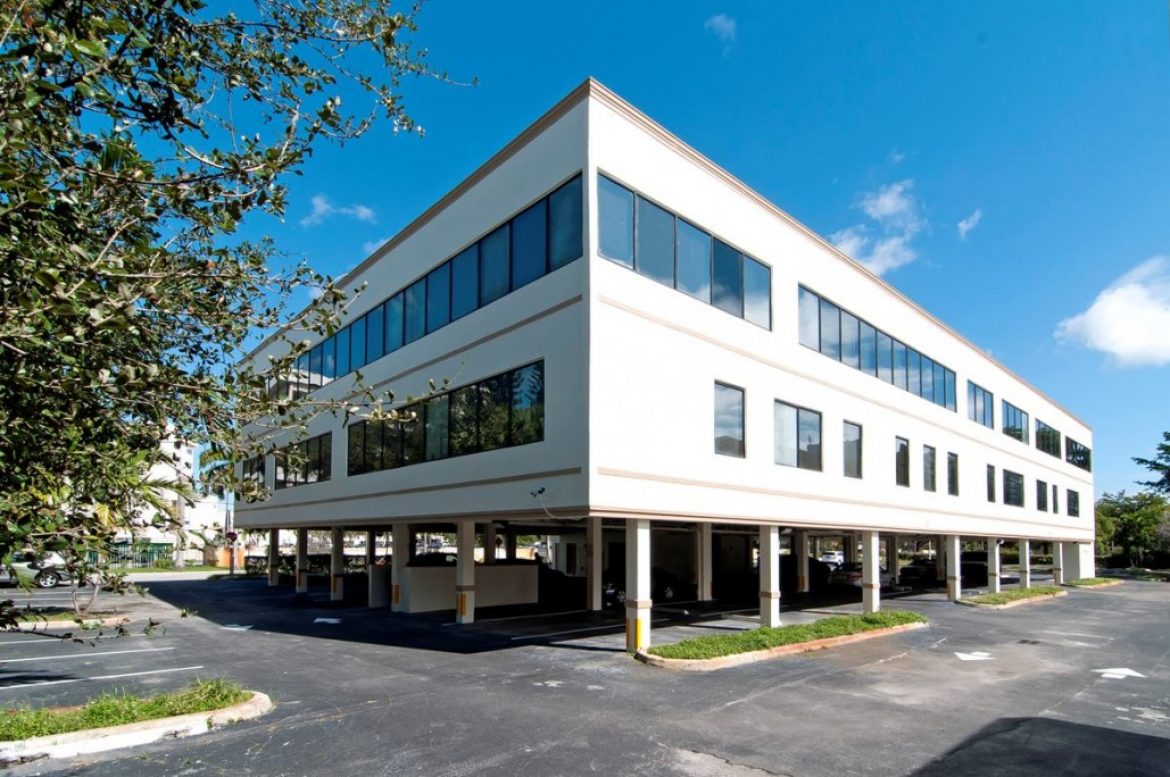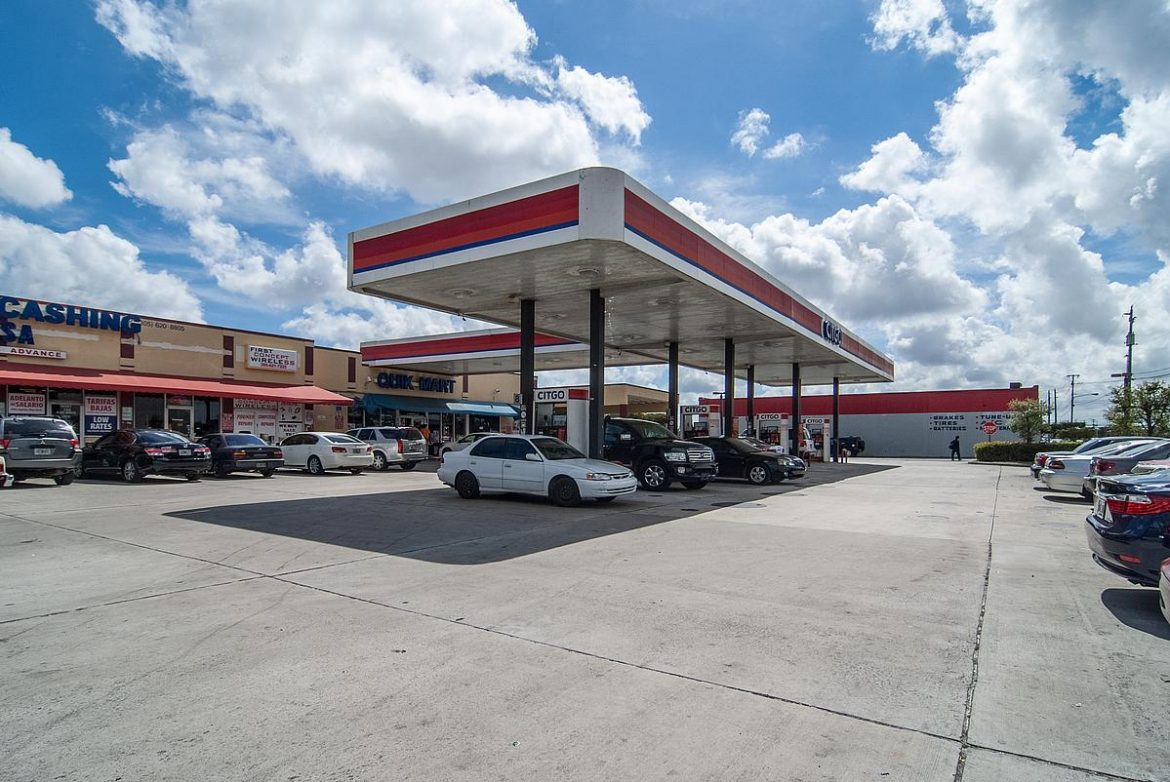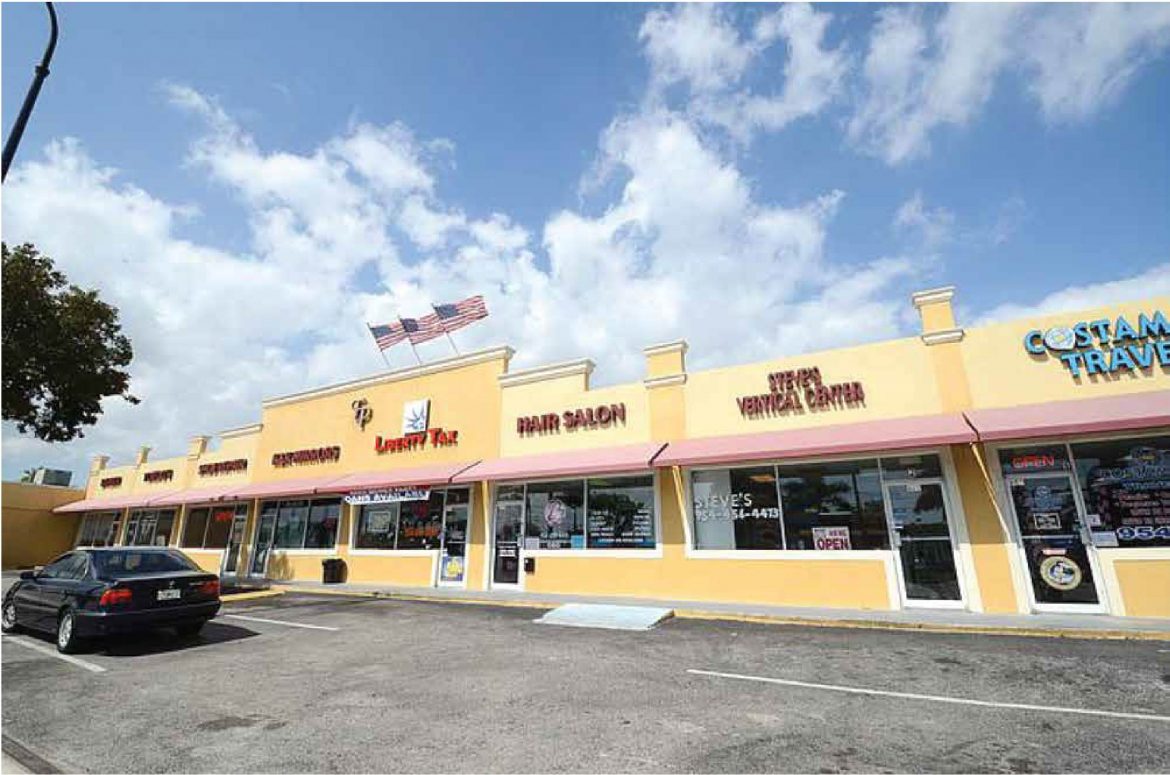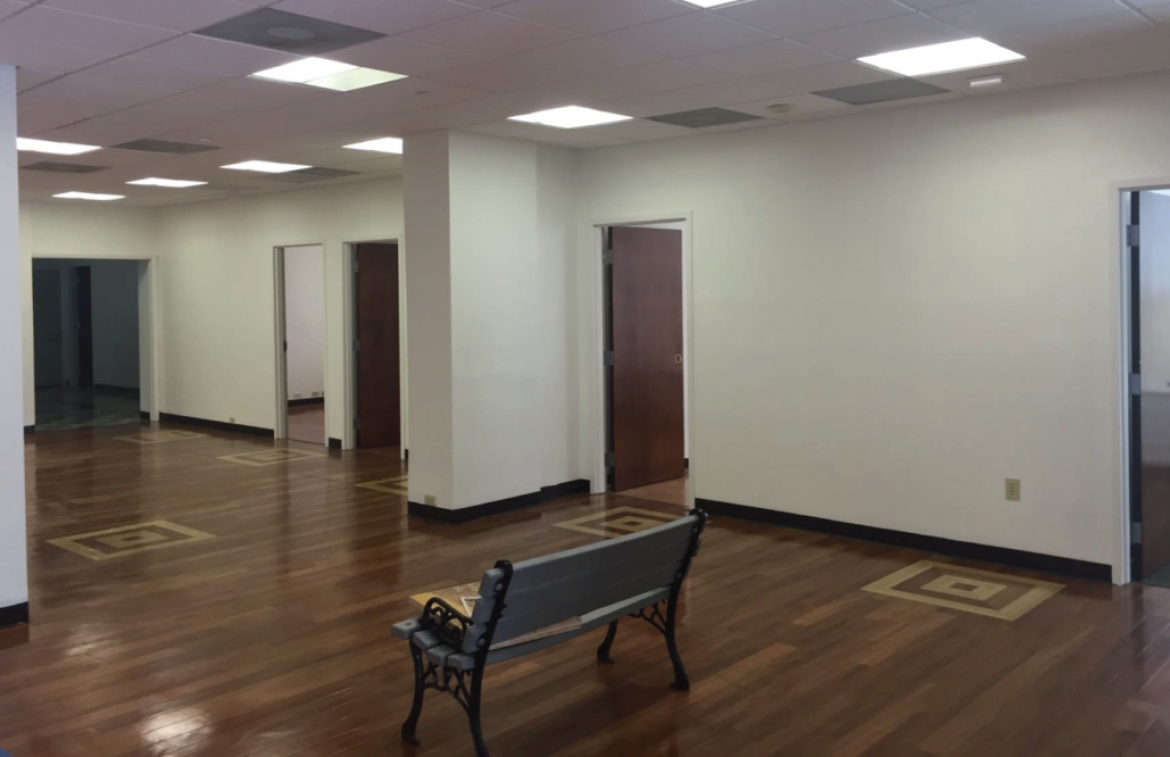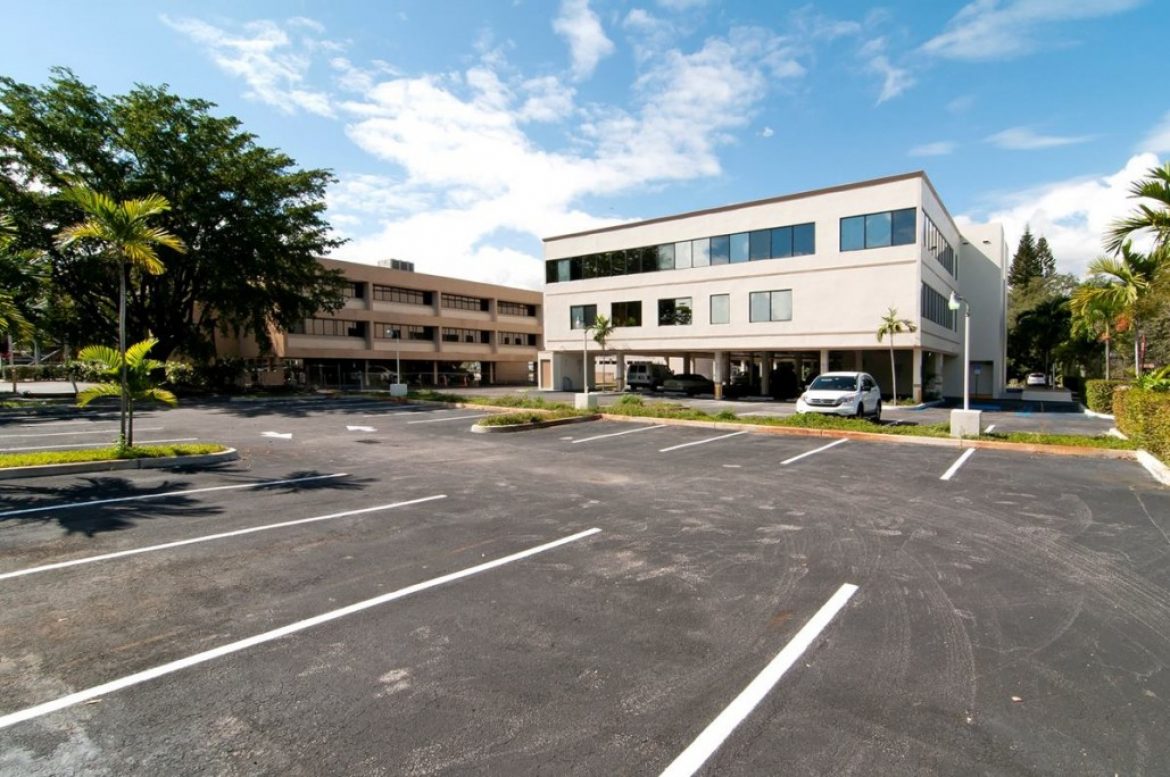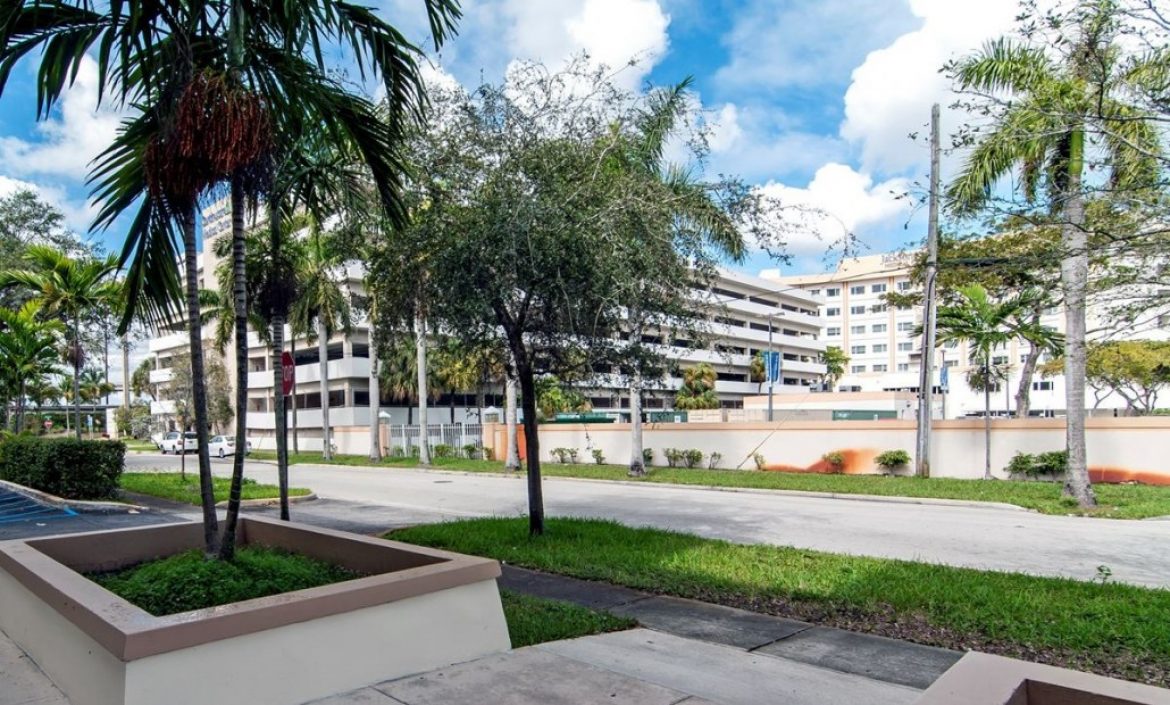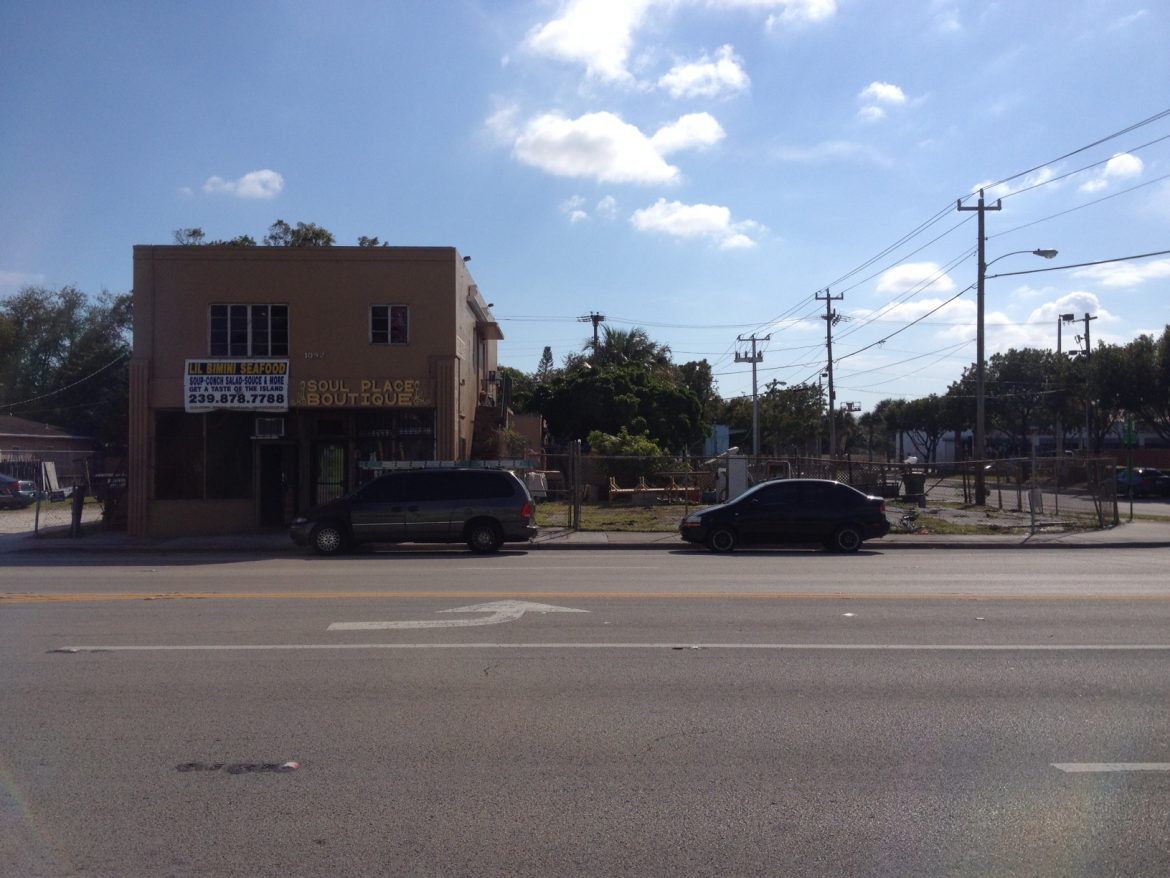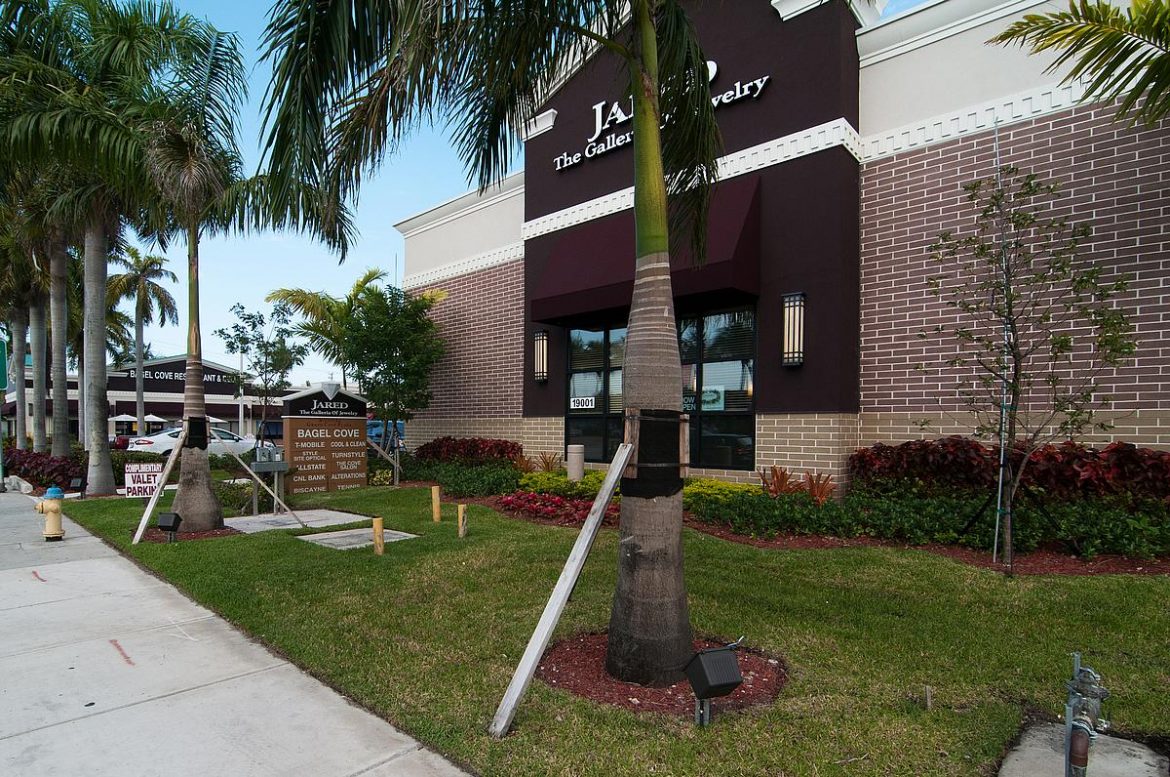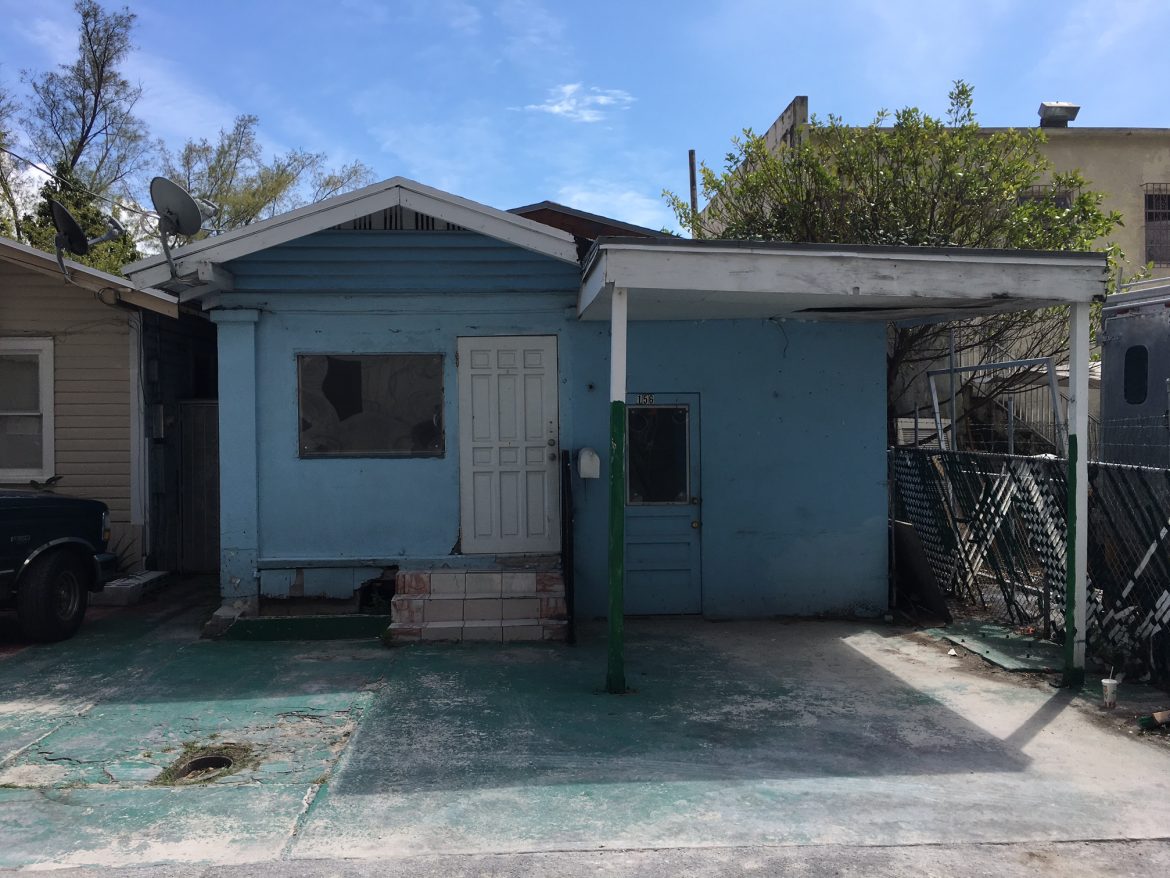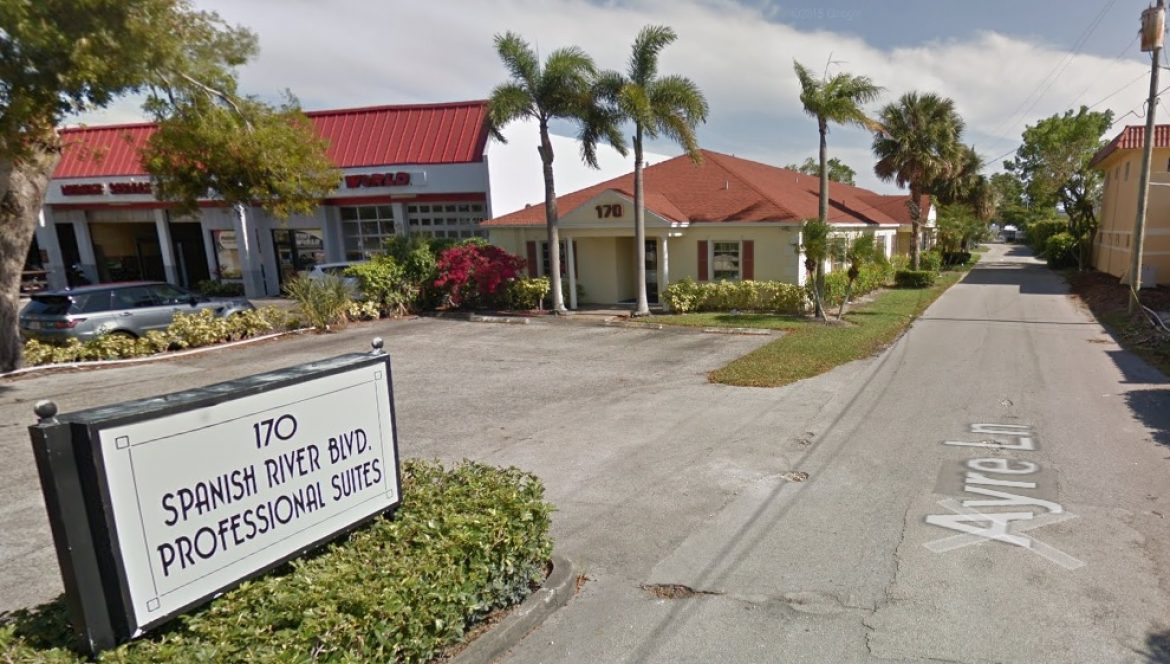
The potential demise of retail has been a topic of discussion ever since the Sears catalog took aim at brick-and-mortar stores in the 1890s. One hundred years later, e-commerce came along with another business model that challenged traditional retail. But we have never seen anything with the same impact—sudden, rapid and harsh—on the sector as COVID-19. That said, while COVID-19 impacted the sector swiftly, we don’t believe it has materially changed the longer-term trajectory of retail. Instead, it has simply accelerated the evolution of the industry. While the pandemic has had widely divergent effects across the different retail sub-sectors, overall retailers that have continued to adapt and innovate are proving most resilient.
Essential vs. Non-Essential Retail
Over the course of the pandemic, there has been an obvious bifurcation between essential and non-essential retail. While it is up to individual cities and states to define what businesses fall into each category, those deemed non-essential—apparel retailers, salons, gyms, and movie theaters, for example—were temporarily shut down across much of the U.S. due to COVID-19. On the other hand, businesses believed to be essential to daily life, including grocers, home improvement stores, pharmacies, banks and gas stations, were allowed to remain open.
Yet even within these two broad categories, we have witnessed different trends emerge as retailers learn to adapt in order to stay resilient. It is through these emerging trends that we can see how the pandemic may transform, rather than destroy retail.
Trend 1. Clear winners: grocery stores.
Grocery stores have done extraordinarily well since COVID-19 erupted, and it is not simply because they were allowed to stay open. COVID-19 revealed what is truly necessary in people’s lives. Consumer priorities shifted to focus on basic needs, and consequently, grocery stores have seen a huge uptick in sales. Additionally, many consumers who once ate at restaurants regularly are still not comfortable eating out due to the increased risk of exposure to COVID-19. They have been and continue to eat more food prepared at home, and as a result, as of the second quarter of 2020, grocery store’ sales had risen 12.4% year-over-year.[1] While this percentage reflects a combination of in-store and online sales, there is mounting evidence that the vast majority of consumers have and will continue to visit brick-and-mortar stores with grocery store visits rising by 14% during the height of the stay-at-home orders.[2]
Additionally, grocery stores are expected to continue to perform well beyond the pandemic. This segment of the retail sector continues to be resilient to e-commerce, even during COVID-19, and is ingrained in the daily patterns of consumers’ lives. Online grocery delivery, or e-grocery, has lagged in recent years due to the narrow margins that prevent retailers from covering the cost of delivery to consumers. The high delivery costs, combined with consumers preferring to choose their own groceries and their dissatisfaction with a two-hour delivery window, has led to a very small market share for e-grocery. Even if the e-grocery market share were to double in 2020 because of COVID-19, it would still only account for 6% of all grocery sales.[3]
Trend 2. The magnification of the omni-channel experience.
Consumers have shown they want to choose their shopping experience: buy in-store or order online; get home delivery or pick up in-store, at a locker or curbside; return by mail, in-store or through a third party. As a result, resilient retailers are focusing on the infrastructure, systems and technology to make this omni-channel shopping more efficient and less expensive — and maintaining a brick-and-mortar presence is proving to be an important aspect in this transformation. Many successful retailers are using brick-and-mortar stores to fulfill online orders and are also accepting the return of goods purchased online, revamping the traditional physical store to better satisfy consumer needs.
Savvy retailers are also accelerating their innovations in store locations, formats, layouts, branding and marketing, supporting the idea that brick-and- mortar shopping is not going away — it’s just evolving. Not surprisingly, Amazon is leading this trend as it opened its first grocery store independent of Whole Foods in 2020. Shoppers that have the option of using traditional carts or smart shopping carts which detect products and charge customers’ Amazon accounts, and windows will be available for online pick up and returns, combining aspects of online and traditional shopping.[4]
A brick-and-mortar presence is proving to be more valuable as the most resilient retailers focus on a more efficient and less expensive omni-channel experience.
Trend 3. Retailers are reopened and paying rent again.
In April 2020, the real estate industry saw a spike in the number of requests for rent relief due to COVID-19. But even then, there were divergent situations among retailers given mandatory closures, in particular. Rent collections in April, at the start of the pandemic, for essential retailers such as grocery tenants were at 99%; for home improvement, they were at 93%, and for other essential retail, they stood at 90%.[5] In contrast, two of the major public shopping mall real estate investment trusts (REITs) reported collections of just 26%-51% as their concentration of non-essential apparel and entertainment tenants suffered during the pandemic.[6]
By the second quarter of 2020, many of the retailers most affected by the pandemic had resumed making rent payments as nearly all mandated closures were lifted. Overall, the second quarter’s rent collection outpaced predictions with 72% of all retailers making payments vs. the 60% expectation. [7] July 2020 saw 95% of essential retailers paying rent – grocery stores, home improvement stores and other essential retail continued to lead the way with 99%, 96% and 95% collections, respectively.[7]
However, only 54% of non-essential businesses were back to paying rents again.[7] While certain of the hardest hit retailers are still seeking rent relief, with fewer temporary closures than at the onset of COVID-19, most retailers are gaining some footing.
Trend 4. Landlords are supporting retailers.
Many landlords are mobilizing to provide operational assistance for retailers on a tenant-by-tenant basis and by providing hands-on support beyond rent relief. Landlords have helped organize curbside pickup programs at retail properties to help smaller retailers that don’t have the resources to set up their own programs. Hand-sanitizing stations throughout all common areas, along with six-feet-apart reminders and floor decals, help build shoppers’ sense of safety. Additionally, transforming common areas, sidewalks or parking lots for tenant use, such as holding outdoor exercise workouts in grassy areas or using parking lots for al fresco dining, have helped tenants that have endured the most significant challenges attract customers and generate revenue.
Retail’s Resilience Provides Reasons for Optimism
While COVID-19 has dramatically altered countless aspects of daily life, the retail sector has demonstrated its resiliency and we expect this to continue into 2021.
We believe brick-and-mortar stores will continue to be an essential piece of the overall retail model as physical locations help retailers connect with consumers even in the midst of a pandemic — from in-store shopping, to convenient store pick-up options, to efficient last-mile delivery. As consumer behavior continues to evolve, retailers are likely to continue to prioritize high-quality, well-located shopping centers that are in close proximity to residential communities and that are already a part of consumers’ shopping patterns. Grocery-anchored neighborhood centers, for example, represent a powerful repositioning strategy.
Source: GlobeSt.

